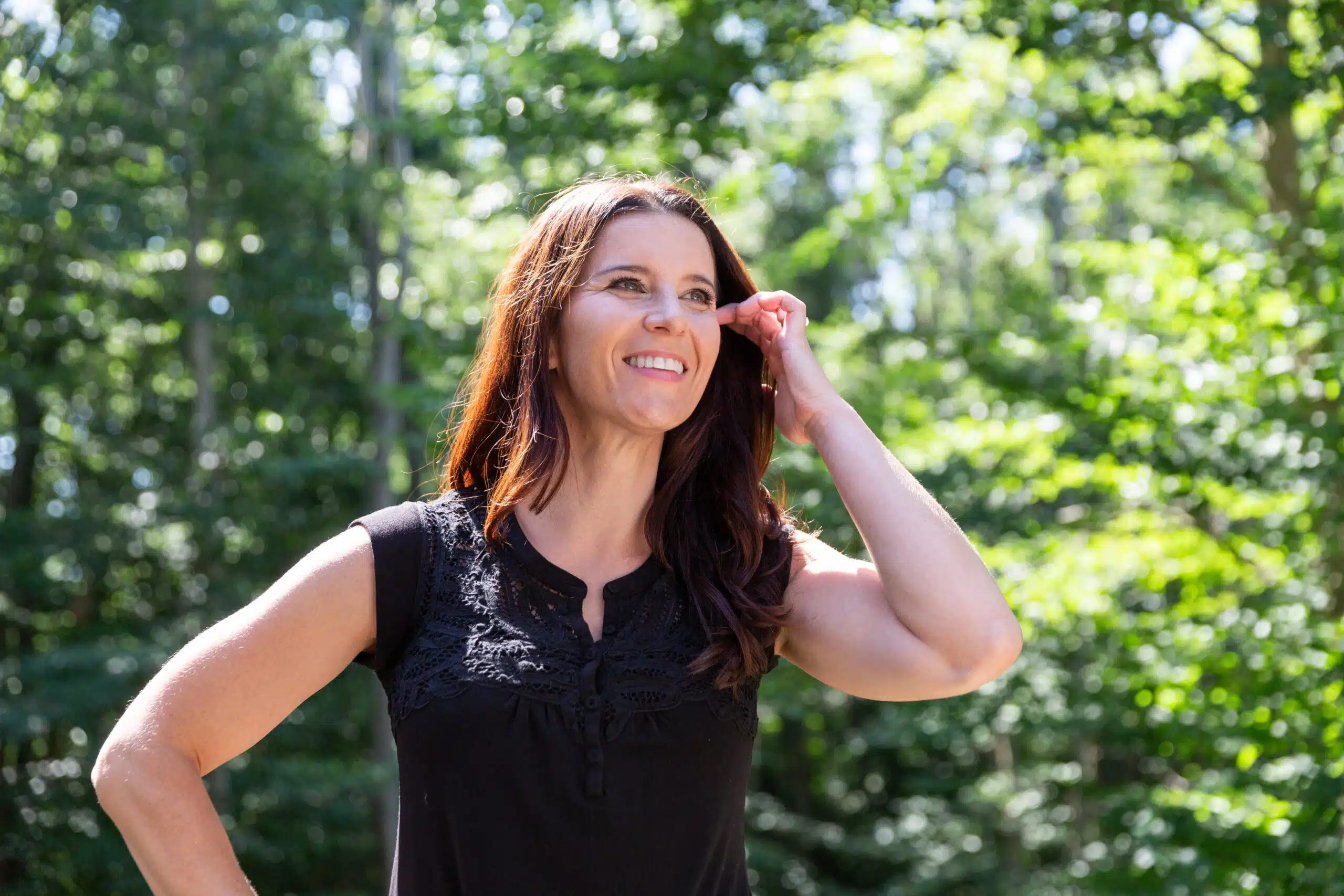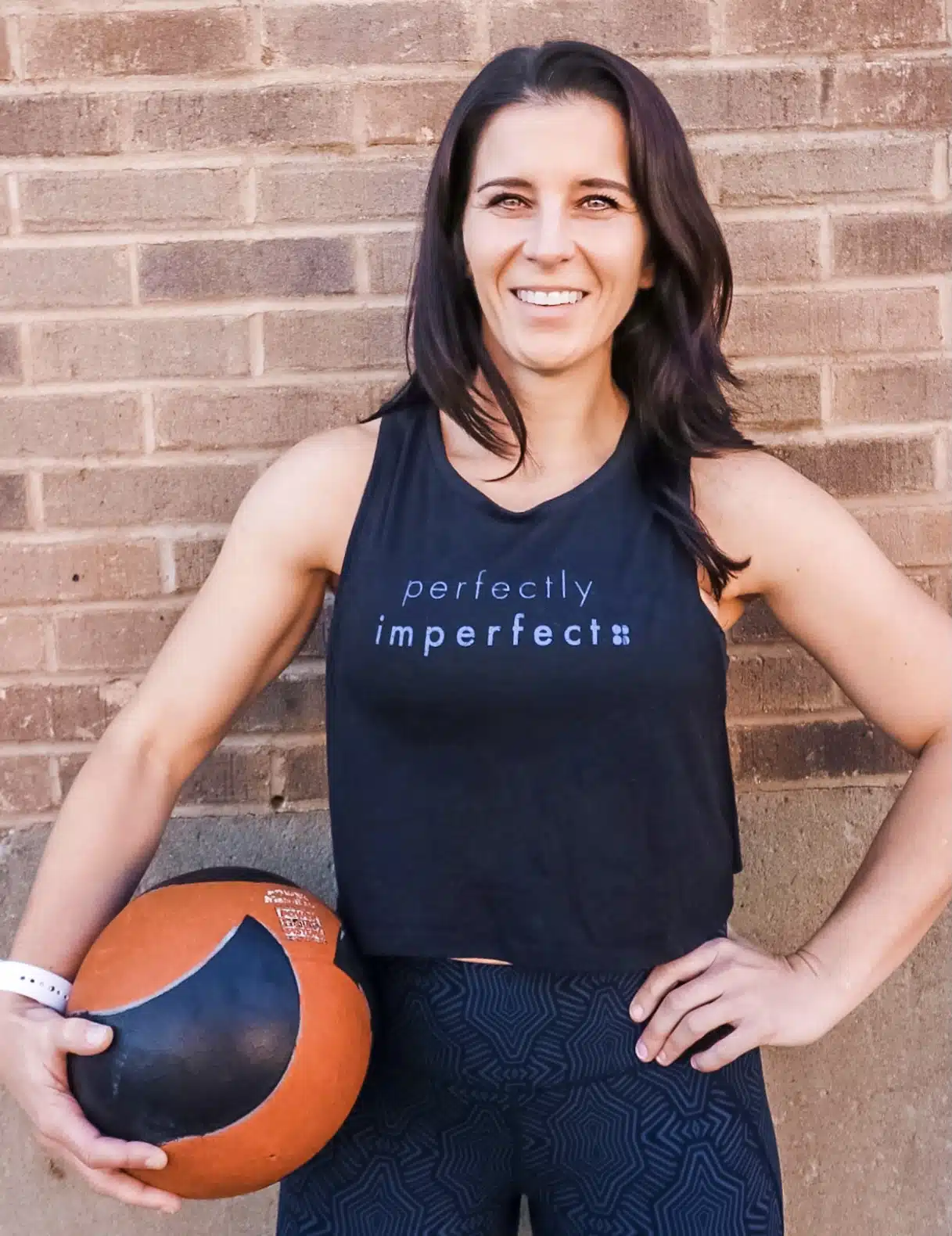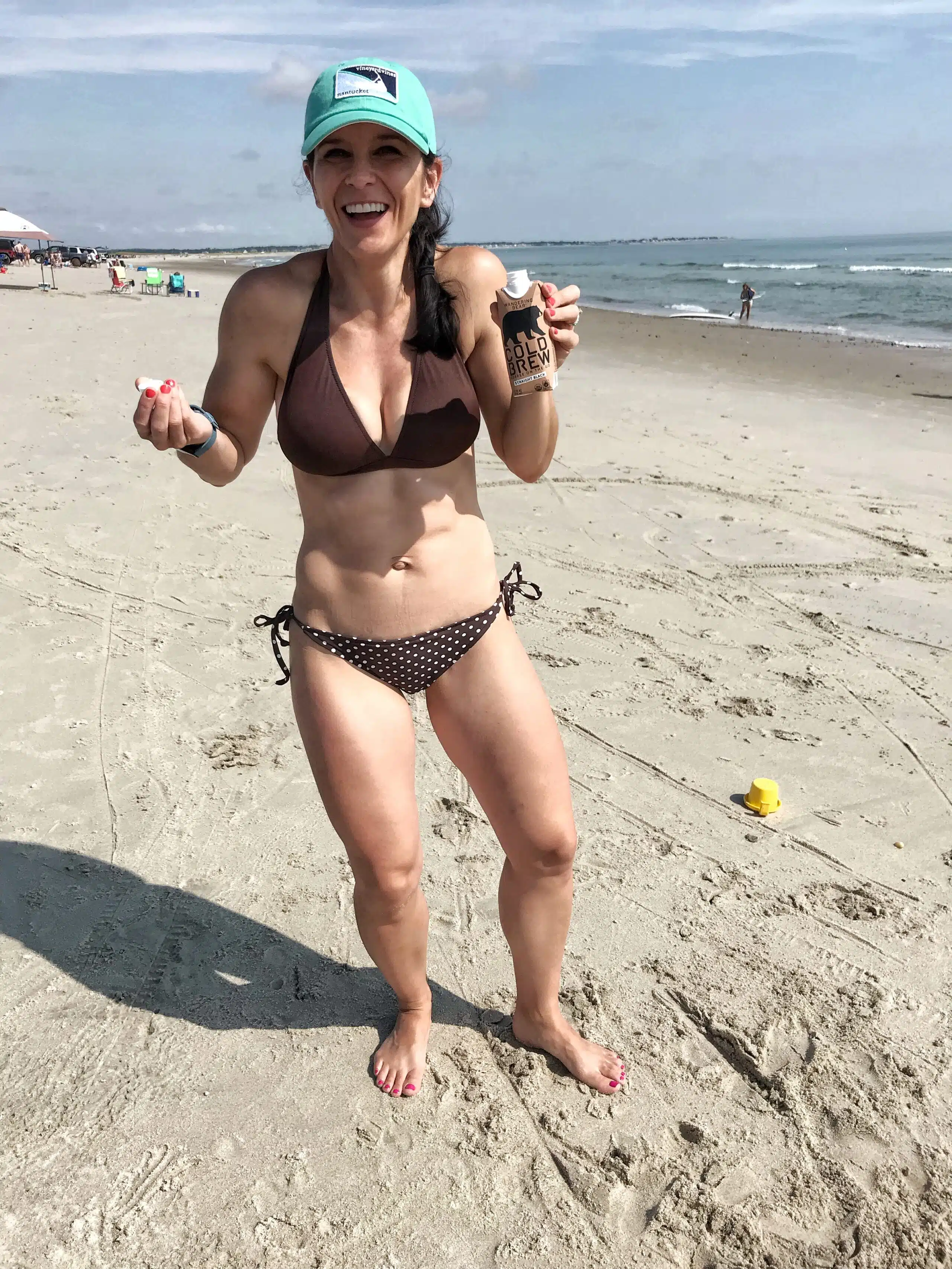By Jessica Maillet, MS, RD, LDN, CPT – A Fete For Food blogger
During the Healthy Living Summit, someone asked whether soy products were acceptable to include in a healthy diet pattern and whether there is an intake threshold that could potentially increase your risk of disease, especially breast cancer. I realized my knowledge of recommended soy intakes was not especially current, so I researched the research. Here’s what I found:
What do soy foods contain that makes them so controversial?
Soy foods like soybeans, tofu, and soymilk contain isoflavones, which are a subclass of a group of phytochemicals called flavonoids. Isoflavones act as a dietary source of estrogen, and are known as “phytoestrogen,” or plant-derived estrogen.
As a result, when we eat soy foods, isoflavones bind to estrogen receptors and exert estrogen-like effects in some body tissues; but research has shown they do not affect every tissue that our body’s own supply of estrogen affects.
What role does soy have in disease?
Soy has received quite a bit of celebrity-status press in the past few years because of its supposed role in breast cancer (whether protective or a risk), blood cholesterol levels, prostate cancer, menopausal symptoms and bone health; however, as we know, moderation is key, and over-consuming any one food or any one nutrient does not have the same somatic effect as a diet with variety.
I’m a vegetarian and I eat a lot of soy. How much is too much?
Many researchers in the field have cautioned against viewing soy food as a miracle food because of its powerful effect as a hormone imitator. Altering the body’s response to estrogen by modulating the effect on certain tissues could have profound effects on estrogen-related disease, and have raised red flags from experts who work with patients who have endocrine-related diseases.
Although “clinical studies that have directly examined the effects of isoflavones [derived from soy], on breast tissue specifically, are not supportive of a protective effect”, “a growing body of evidence suggests that soy intake early in life – during childhood and adolescence – reduced the likelihood of developing breast cancer later in life.” And again, research has shown that phytoestrogens do not affect every tissue that our body’s own supply of estrogen affects.
The research that has caused concern has been data from animal studies. Research completed in humans, however, supports the safety of moderate consumption of soy in the diet. Studies conducted in westernized countries generally used 50-100 mg/day of isoflavones. Mean intake in countries where soy is consumed as part of the diet (i.e. Japan) ranges from 25-50 mg/day. A serving of soy food typically contains 25 mg of isoflavones. The American Cancer Society’s position is that even women with breast cancer may safely consume 3 servings of soy foods daily.
What’s the isoflavone content of certain soy foods?
Edamame (green soybeans), /1/2 cup cooked, 28mg isoflavones
Soybeans (mature), 1/2 cup cooked, 47 mg isoflavones
Soy imitation chicken, 3 ounces, 13.2 mg isoflavones
Soy veggie burger, 3 ounces, 8.4 mg isoflavones
Tofu, firm, 1/2 cup, 38.8 mg isoflavones
Soy protein isolate, 1 ounce, 27.3mg isoflavones
Soymilk, 8 ounces, 3 mg isoflavones
What’s the bottom line?
Get your isoflavones from food, not supplements. Adults may safely consume three servings of soy foods daily; but, beware that soy shows up in many foods other than the usual suspects like tofu, soymilk, and edamame. Look for ingredients like “soy protein isolate”, “soy flour”, “soybean oil”, and “textured vegetable protein,” as these will contribute to your 3-a-day limit. Continue to eat a variety of fruits and vegetables, exercise regularly, and maintain a healthy weight to live a healthy lifestyle and reduce your risk of breast cancer.
Reference:
Messina V. Isoflavones. http://www.vegetariannutrition.net/resources/docs/Isoflavones-RD.pdf Accessed 17 Aug 2009.











